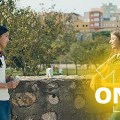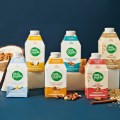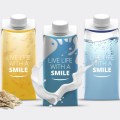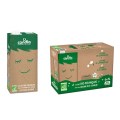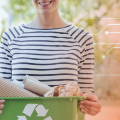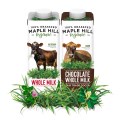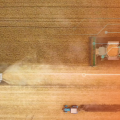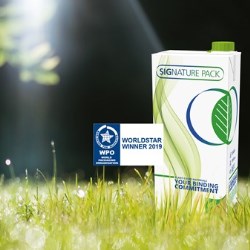If this is your company, CONTACT US to activate Packbase™ software to build your portal.
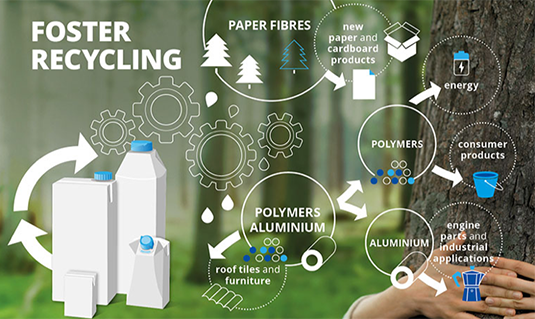

Beverage cartons are fully recyclable. But there’s a common misperception that cartons, caps or closures can’t be recycled. We want to dispel this myth to encourage more consumers to recycle their cartons and preserve valuable materials to support the circular economy.
In part one of our series on recycling myths, we explore the important role consumers have to play, how beverage cartons are recycled and the types of products the materials can be used to make.
Making recycling routine
More and more municipalities around the world offer kerbside services or central banks for collecting used packaging. But these depend on people separating packaging for recycling rather than putting it in the bin with general waste.
What’s your breakfast routine in the morning? Maybe you pour a glass of juice. Maybe you add milk to your cereal. Then you sit down for your breakfast. But what do you do with the empty juice and milk cartons when you’re finished? Do you separate them for recycling or put them in the bin?
This decision will determine the fate of your cartons – and the valuable materials they’re made up of. If you separate them for recycling, the cartons that safely delivered your breakfast nutrition can go on to produce a wide range of useful new items, from cardboard to car parts.
We want more people to make recycling part of their routine to help keep high-quality materials in circulation, prevent valuable natural resources going to waste and avoid environmental impacts from landfill.
Recycling rates are steadily increasing year on year. In Europe, a recent survey found that 69% of consumers are recycling more of their waste and 48% of beverage cartons are now recycled.
What happens to your cartons once you drop them in the recycling bin?
Step 1. Collect
Cartons are usually collected for recycling together with other recyclable packaging. Caps and closures should be left attached and straws should be pushed completely inside the pack for recycling together with the carton. Many local authorities offer collection services directly from households or empty cartons may be dropped off at central recycling banks for transport to recycling plants.
Step 2. Sort
Cartons are automatically sorted from other types of packaging at over 1,500 sorting plants around Europe. Machines using near infrared technology identify them based on the way they reflect light. Cartons can also be sorted manually. This is often the first option when collection systems are initially launched and quantities to be sorted are still low. In some countries, manual collection and sorting provides an important source of income for local people.
Step 3. Transport
Once sorted, cartons are baled and sent to dedicated paper mills for recycling. In Europe, there are more than 20 paper mills that process used cartons.
Step 4. Repulp
At the recycling plant, cartons are fed into a giant mixer filled with water and rotated for around 20 minutes to separate the paper fibres from the aluminium and polymers (PolyAl). The extracted fibres are then washed and screened ready for use in paper making.
Step 5. Recycle
The high-quality paper fibres recovered from the cartons are fed into a paper mill to create new paper and board products (see below). The polymers and aluminium extracted from cartons (sometimes called PolyAl) can be separated to create new plastic and aluminium products, or recycled together to produce a robust composite material. Where suitable recycling facilities are not yet available, the polymers or PolyAl can be used as a source of energy to replace the need for virgin fossil fuels.
Every part of a beverage carton can be recycled
The paper fibres that make up around 75% of each beverage carton remain long, strong and high-quality even after they are recovered from used cartons. They can be used to create a wide range of new paper and board products, including cardboard boxes, paper bags, office paper – and even tissue which needs to stay strong when it’s wet.
The small amounts of polymer and aluminium from cartons can be recycled together to make hard-wearing products like roof tiles and garden furniture. The polymer can be reformed into new plastic products, such as agricultural film that’s used to protect growing crops. And the aluminium can be used to create aluminium items from car parts to coffee pots.
Recycled cartons are spurring eco-innovation. In Thailand, SIG showcased recycling by building a school canteen made almost entirely from recycled cartons. More than 1.4 million cartons were used to create the walls, the rooftiles and the furniture for the eco-canteen.
Ecoplasteam uses PolyAl from cartons in its innovative EcoAllene® material that can be used for all sorts of applications from clothes pegs to construction, garden tools to toys, furniture to fashion accessories.
A new hygiene solution from Lucart Professional utilises all the materials recovered from cartons to make tissue paper and an accompanying dispenser made from PolyAl.
And collection bins made out of recycled cartons are being used to promote further packaging recycling at a fun park in Mexico through SIG’s partnership with SCTP and Ventura Entertainment.
Now we’ve seen how used cartons are recycled and what they can become, we’ll take a look at how this compares with other types of packaging in part two our series on recycling...


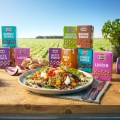
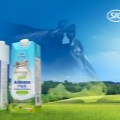
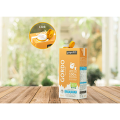
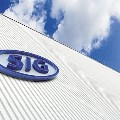
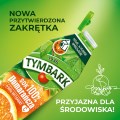
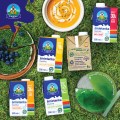
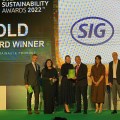
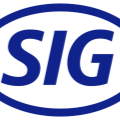


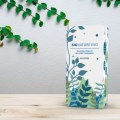

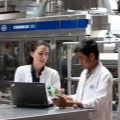
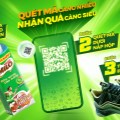
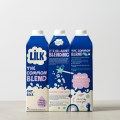
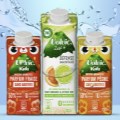
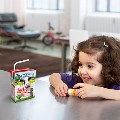
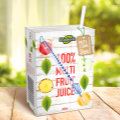
.jpg)
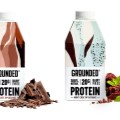
.jpg)
